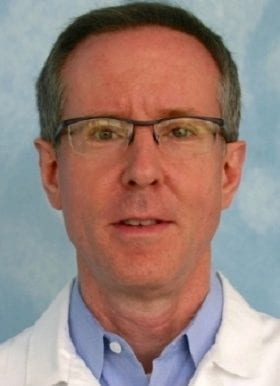
Mechanisms of neurodegeneration in Parkinson’s disease and related disorders
We study mechanisms of neurodegeneration underlying Parkinson’s disease and related disorders. Dominant mutations in the alpha-synuclein gene cause a rare familial form of Parkinson’s disease. In both familial and sporadic forms of Parkinson’s disease, misfolded alpha-synuclein protein accumulates in neuronal inclusions referred to as Lewy bodies and Lewy neurites, indicating that pathways involving alpha-synuclein misfolding are important for pathogenesis. Our recent findings link the accumulation of misfolded alpha-synuclein to mutations in another gene, by demonstrating that disorders caused by mutations in the PLA2G6 gene are also defined by Lewy bodies and Lewy neurites in many of the same neuronal populations affected by Parkinson’s disease. PLA2G6 mutations are responsible for a spectrum of hereditary disorders classified as Neurodegeneration with brain iron accumulation (NBIA), infantile neuroaxonal dystrophy (INAD), and parkinsonism-dystonia.
The PLA2G6 gene encodes the A2 phospholipase enzyme iPLA2beta. Utilizing neuronal cultures and mice deficient in iPLA2beta, we are investigating the function of iPLA2beta in neurons. We have recently found that disruption of the iPLA2beta gene in mice (iPLA2beta-KO) causes progressive neurological impairment resembling human disease. Membranes accumulate within axons and dendrites throughout the nervous system in iPLA2beta-KO mice, indicating a role for iPLA2beta in phospholipid homeostasis. Further studies are focused on the function of iPLA2beta in phospholipid metabolism pathways, mechanisms by which loss of iPLA2beta function leads to alpha-synuclein accumulation, and the role of alpha-synuclein in neurodegeneration. Improved understanding of these pathological processes and the development of new mouse models may lead to new therapeutic approaches for both hereditary and sporadic neurodegenerative disorders.